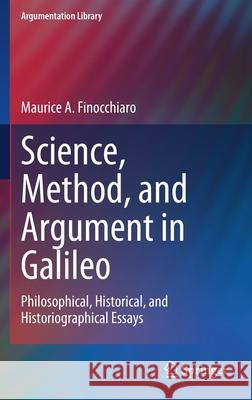Science, Method, and Argument in Galileo: Philosophical, Historical, and Historiographical Essays » książka
topmenu
Science, Method, and Argument in Galileo: Philosophical, Historical, and Historiographical Essays
ISBN-13: 9783030771461 / Angielski / Twarda / 2021 / 461 str.
Science, Method, and Argument in Galileo: Philosophical, Historical, and Historiographical Essays
ISBN-13: 9783030771461 / Angielski / Twarda / 2021 / 461 str.
cena 523,30
(netto: 498,38 VAT: 5%)
Najniższa cena z 30 dni: 501,19
(netto: 498,38 VAT: 5%)
Najniższa cena z 30 dni: 501,19
Termin realizacji zamówienia:
ok. 22 dni roboczych
Dostawa w 2026 r.
ok. 22 dni roboczych
Dostawa w 2026 r.
Darmowa dostawa!
Wydawca:
Springer
Seria wydawnicza:
Język:
Angielski
ISBN-13:
9783030771461
Rok wydania:
2021
Wydanie:
2021
Numer serii:
000124826
Ilość stron:
461
Waga:
0.87 kg
Wymiary:
23.39 x 15.6 x 2.69
Oprawa:
Twarda
Wolumenów:
01
Dodatkowe informacje:
Bibliografia
Wydanie ilustrowane
Wydanie ilustrowane











